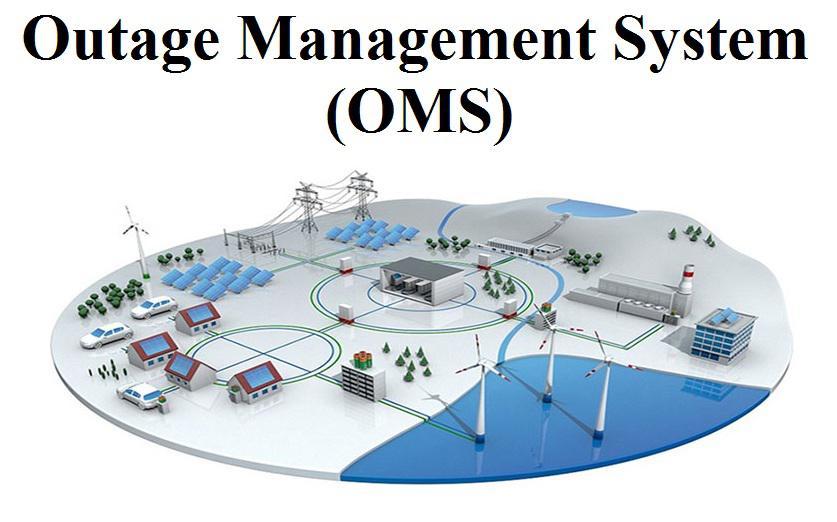Optimizing outage management systems (OMS) is a critical aspect of ensuring efficient and effective response to power outages. Successfully implementing OMS best practices can significantly improve the reliability and performance of utility companies in restoring power to customers promptly.
With the increasing reliance on technology and the interconnectedness of the grid, having a robust OMS in place is essential for minimizing downtime and maximizing customer satisfaction. In this article, we will explore the key strategies and considerations for implementing OMS best practices to enhance outage response and management processes.
Key Components of an Effective Outage Management System
An effective outage management system encompasses several key components that work together to streamline operations and minimize downtime. Central to this system is real-time monitoring and alerts, which provide immediate notifications of any issues or potential outages.
This allows for swift response and proactive problem-solving, reducing the overall impact on customers and the bottom line. Additionally, a robust communication platform is essential for keeping all stakeholders informed and updated throughout the outage process.
This ensures transparency and accountability while fostering trust and collaboration. Finally, comprehensive data analytics and reporting capabilities are critical for identifying trends, optimizing performance, and continuously improving the outage management process.
By integrating these key components into an outage management system, organizations can increase efficiency, enhance customer satisfaction, and drive long-term success.
Strategies for Implementing Outage Management Systems

When implementing outage management systems, it is essential to first establish clear goals and objectives for the system. This includes defining what specific issues the system will address, such as reducing downtime, improving response times, and enhancing overall reliability.
Next, it is important to conduct a thorough assessment of the existing infrastructure and processes to identify any potential barriers or challenges to implementation. This assessment should also include an evaluation of the organization’s workforce, technology, and data resources to determine what additional support may be needed.
Furthermore, developing a detailed implementation plan with clear timelines, tasks, and responsibilities will help ensure the successful deployment of the outage management system. Regular training and communication with employees at all levels of the organization are also key components in ensuring a smooth transition to the new system.
Finally, ongoing monitoring and evaluation of the system performance will allow for continuous improvement and optimization.
Best Practices for Optimizing Outage Management Systems
Implementing an efficient outage management system requires a strategic approach that encompasses best practices to ensure optimal performance. One key strategy is to establish clear communication channels between all stakeholders involved in the management of outages, including field crews, dispatchers, and customer service representatives. It is important to prioritize timely and accurate information sharing to enable quick response times and minimize downtime.
Leveraging advanced technology, such as predictive analytics and real-time monitoring, can also enhance outage detection and resolution processes. Additionally, ongoing training and regular system updates are essential to keep pace with evolving industry trends and technologies.
By following these best practices, organizations can streamline outage management processes and improve overall system reliability, ultimately enhancing customer satisfaction.
Leveraging Technology for Enhanced Outage Management

In today’s fast-paced world, leveraging technology for enhanced outage management is essential for utility companies to maintain efficient operations and provide reliable service to customers. By implementing advanced outage management systems, companies can streamline the process of identifying and resolving outages, minimizing downtime, and ensuring quick restoration of service.
From predictive analytics to real-time monitoring and advanced communication tools, technology plays a critical role in improving outage management processes. With the right systems in place, utilities can proactively address potential issues, allocate resources more effectively, and ultimately enhance overall customer satisfaction.
By embracing technology and best practices for outage management, companies can stay ahead of the curve and better meet the needs of today’s demanding consumers.
Case Studies: Successful Implementation of Outage Management Systems
In examining successful case studies of outage management system implementation, it becomes evident that a combination of strategic planning, stakeholder collaboration, and technological innovation are key factors in achieving optimal results. A notable example is the integration of predictive analytics and real-time monitoring capabilities in a utility company’s outage management system, significantly reducing downtime and enhancing customer satisfaction. By leveraging advanced technology and cross-functional teamwork, organizations can proactively address outage events, streamline communication processes, and ultimately improve operational efficiency.
These case studies serve as valuable blueprints for organizations seeking to enhance their outage management capabilities and drive continuous improvement in service delivery.
Training and Education for Outage Management System Implementation

Training and education are key components to successfully implementing an Outage Management System (OMS) within an organization. Employees need to receive comprehensive training on how to use the system efficiently and effectively.
This training should cover the various features and functions of the OMS, as well as best practices for managing outages and resolving issues promptly. In addition to formal training sessions, ongoing education, and support should be provided to ensure that employees can adapt to any changes or updates to the system.
By investing in training and education for OMS implementation, organizations can empower their employees to effectively utilize the system and optimize outage management processes.
Conclusion
In conclusion, implementing best practices for outage management systems can significantly improve the efficiency and effectiveness of utilities in managing outages. By leveraging advanced technologies, real-time data, and streamlined processes, utilities can enhance their outage response times, increase customer satisfaction, and ultimately reduce downtime.
It is crucial for utilities to continuously assess and optimize their outage management systems to stay competitive and resilient in a rapidly evolving industry. With the right strategies and tools in place, outage management systems can serve as a valuable asset in ensuring reliable and uninterrupted service delivery to customers.


